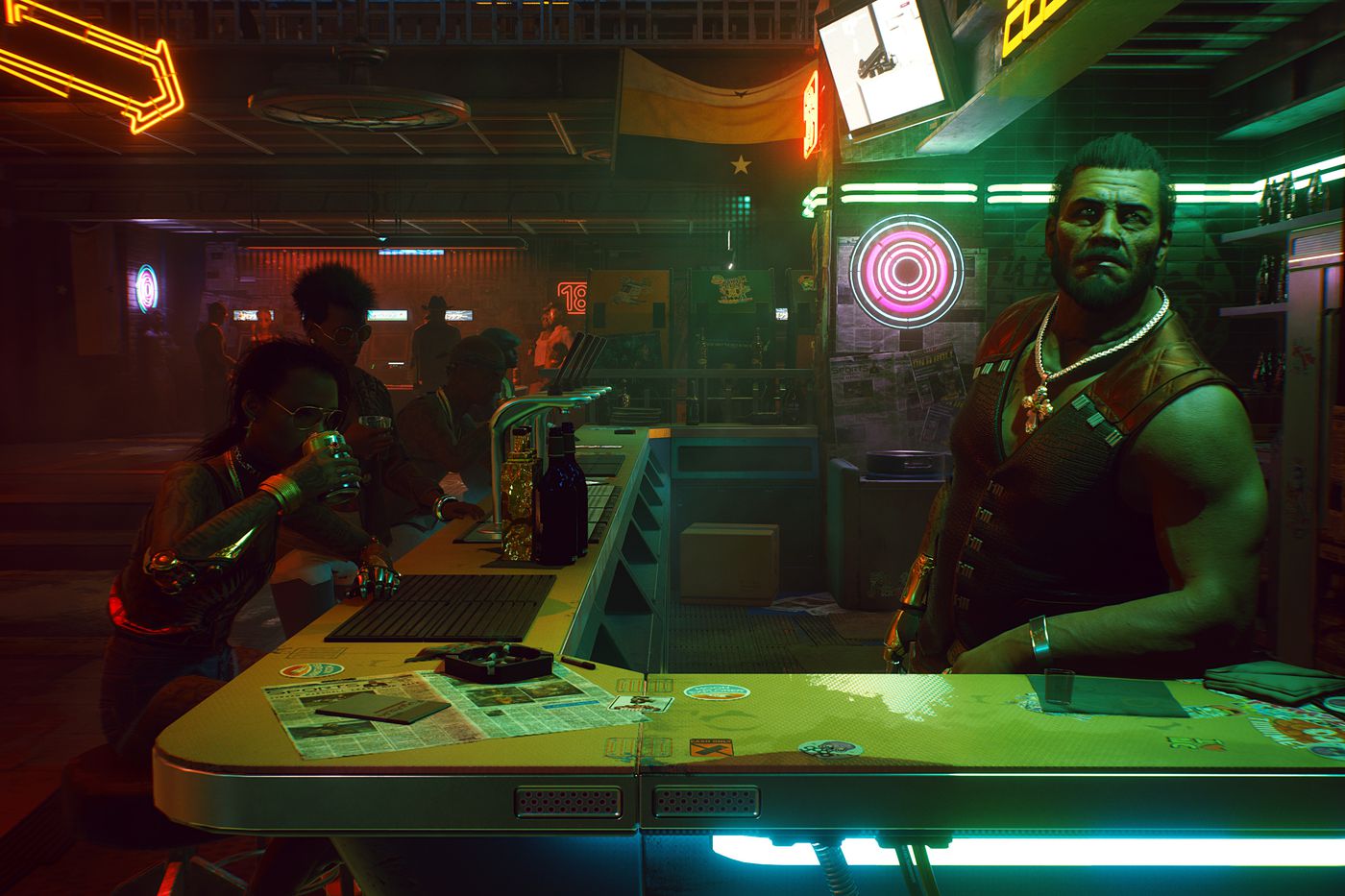Cyberpunk 2077 is the buggy nightmare that we expected it to be, but there is a chance that you can optimize the game’s often poor performance by adjusting a few key settings.
While console gamers are largely out of luck when it comes to viable ways to control Cyberpunk 2077‘s performance (it seems that the Xbox Series X is the only console that offers multiple performance options), the PC version of the game includes a suite of settings that allow you to run Cyberpunk 2077 as smoothly as possible (assuming your PC meets the minimum performance requirements).
So if you’re one of the many PC gamers who weren’t able to get their hands on one of 2020’s best new GPUs, then you can greatly improve Cyberpunk 2077‘s FPS and other key performance metrics just by trying a combination of some of these settings adjustments.
Update Your Drivers
Before you do anything else, make sure to update your GPU drivers to the latest versions released by AMD and Nvidia ahead of Cyberpunk 2077‘s release.
While it’s true that these updates are largely intended to benefit those with higher-end GPUs (as if they needed more help), I have to say that I got better overall performance from my Nvidia 1660 Ti after I updated my drivers. While I haven’t been able to test AMD’s latest update, I’ve heard it offers roughly similar performance benefits.
How to Fix Cyberpunk 2077’s Blurry Graphics
We’ll be talking more about this in a bit, but the most common complaints we’ve seen from Cyberpunk 2077 PC players are typically related to blurry graphics. What’s really strange is that those complaints are even coming from 4K and 1440p users.
If your graphics seem unusually blurry, the first thing you should do is disable Film Grain. That controversial setting can easily result in “blurry” graphics that are supposed to create an atmosphere that many people aren’t looking for in the first place.
If that doesn’t work, try disabling Motion Blur and Dynamic Resolution Scaling as well. I’d recommend starting with Motion Blur as you get the least out of it in the long run and then moving on to Dynamic Resolution Scaling. If you’re using an RTX capable GPU, you should also absolutely try disabling ray tracing for an immediate performance bump.
If none of that works, then you’ll want to open your GPU control center and play around with your “Sharpening” settings. With a little trial and error, you should be able to find an optimal sharpness setting that will offer the clearest visuals possible.
Try Lowering the Depth of Field
This one always hurts given how welcome a high depth of field setting can be, but if you’re looking to optimize your Cyberpunk 2077 performance, you’re going to want to tone it down.
It’s worth trying to lower the depth of field before turning it off entirely, but if your PC is just on the edge of the game’s hardware recommendations, then you’ll probably end up having to set this at the lowest possible value.
Lower (or Turn Off) Screen Space Reflections Quality
One of the more consistently problematic settings that fans have encountered in Cyberpunk 2077 is the mysterious field known as Screen Space Reflections.
This setting seems to help determine the overall quality of in-game reflections, which makes it especially valuable to RTX users looking for the best possible effects. However, everyone else will find that switching this setting to “low” could result in as high as a 10% FPS bump.
Lower All Shadow Settings
As I looked at the individual ways to improve the performance of Cyberpunk 2077, one of the things that jumped out was that nearly every setting related to in-game shadows can drastically alter the game’s overall performance quality.
If you want to enjoy an instant Cyberpunk 2077 performance boost, the first thing you should do is lower Cascaded Shadows Resolution and Ambient Occlusion. I’ve heard some users say that simply disabling Cascaded Shadows Resolution nearly doubled their framerate. While those results don’t seem to be universal, I have to say that disabling this setting myself did lead to an immediate performance boost.
While not directly related to shadows in the same way those other settings are, you may also want to try disabling Chromatic Aberration. It doesn’t offer a significant boost to lighting effects and the option proves to be surprisingly demanding.
Experiment With DLSS
If you have a fairly recent NVIDIA graphics card, then you should absolutely try to run Cyberpunk 2077 with DLSS enabled.
DLSS essentially allows a GPU to process visuals at a much lower resolution than they’re ultimately rendered. In other words, DLSS demands less processing power but should produce visuals roughly equal to what you’d see if certain settings were turned up.
There have been some conflicting reports regarding the overall effectiveness of this tool, but it really does seem to be a case of the rich getting richer in terms of high-end GPU performance.
Check Out the FidelityFX CAS Option
If your GPU doesn’t support DLSS, you want to experiment with Cyberpunk 2077‘s FidelityFX CAS options.
Essentially a budget form of DLSS, FidelityFX attempts to adjust how scenes are rendered in order to optimize performance while demanding fewer resources. You can choose to have FidelityFX dynamically adjust your settings based on your perceived needs or you can utilize static FidelityFX settings for a more universal performance.
I’d recommend starting with a dynamic FidelityFX setting in order to maximize its benefits, but if you notice that your PC is still struggling, you might want to try the static settings.
